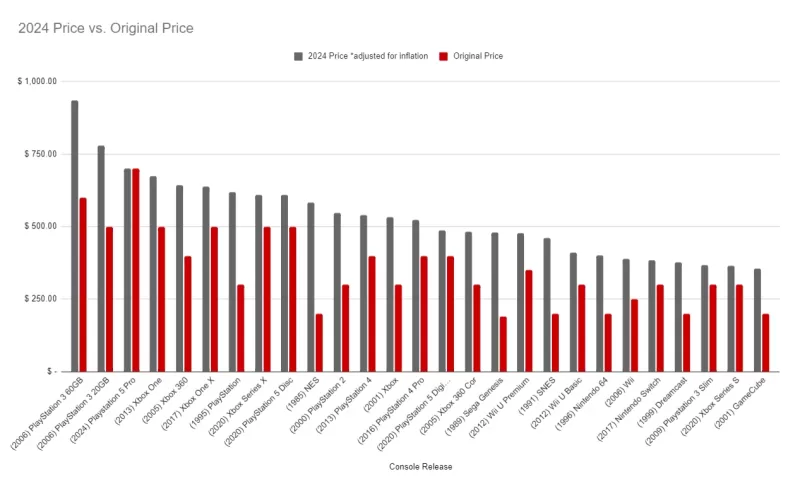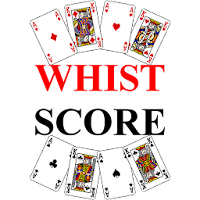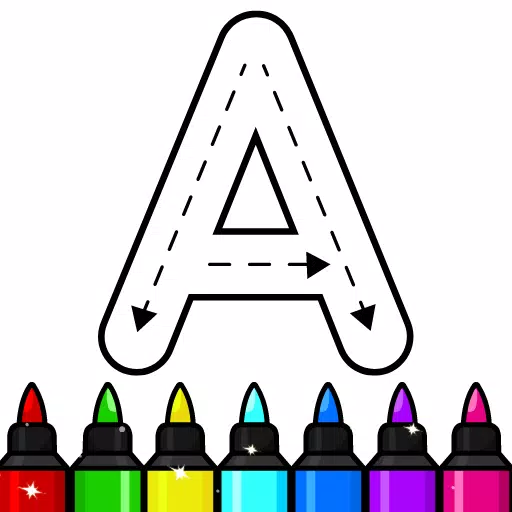When the Nintendo Switch 2 was unveiled with a price tag of $450 USD, it certainly raised eyebrows, marking a significant increase from previous Nintendo offerings. This higher price point aligns with the current economic landscape, where production costs and tariffs have risen, and industry analysts had anticipated a price around $400 USD.
However, the real surprise came with the pricing of Switch 2 games, which not only hit the new industry standard of $70 USD but also soared to $80 USD for titles like Mario Kart World. When factoring in the cost of accessories needed for the full Switch 2 experience, the total investment becomes quite substantial.
To understand the Switch 2's pricing in context, let's look at how it compares to previous Nintendo consoles when adjusted for inflation:
Nintendo Switch 2 Price Vs Previous Nintendo Consoles
NES
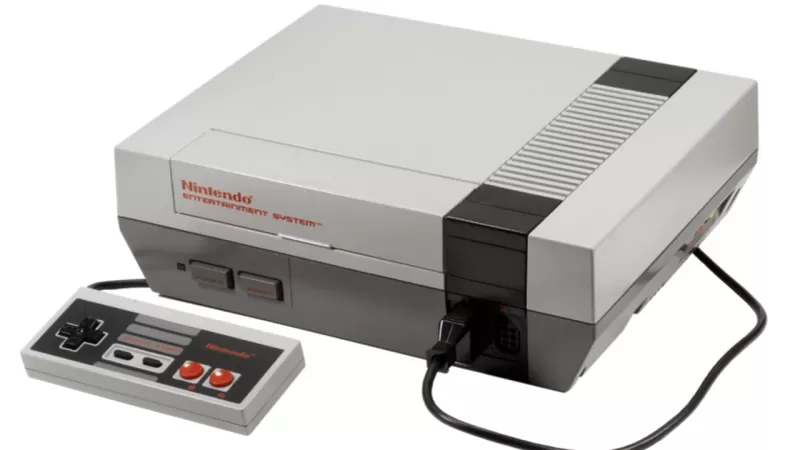 The NES, launched in 1985 for $179 USD, would cost $523 USD in today's dollars after adjusting for inflation. That's a hefty price increase!
The NES, launched in 1985 for $179 USD, would cost $523 USD in today's dollars after adjusting for inflation. That's a hefty price increase!
SNES
 In 1991, the SNES debuted at $199 USD, which equates to $460 USD in 2025. Despite the nominal increase from the NES, inflation brings it close to the Switch 2's price.
In 1991, the SNES debuted at $199 USD, which equates to $460 USD in 2025. Despite the nominal increase from the NES, inflation brings it close to the Switch 2's price.
Nintendo 64
 The Nintendo 64, marking Nintendo's entry into 3D gaming in 1996, also launched at $199 USD. Adjusted for inflation, this would be $400 USD today.
The Nintendo 64, marking Nintendo's entry into 3D gaming in 1996, also launched at $199 USD. Adjusted for inflation, this would be $400 USD today.
Nintendo GameCube
 The GameCube, whose games are now part of the Switch 2's classic library through Nintendo Switch Online, hit the market in 2001 for $199 USD, or $359 USD in today's terms.
The GameCube, whose games are now part of the Switch 2's classic library through Nintendo Switch Online, hit the market in 2001 for $199 USD, or $359 USD in today's terms.
Wii
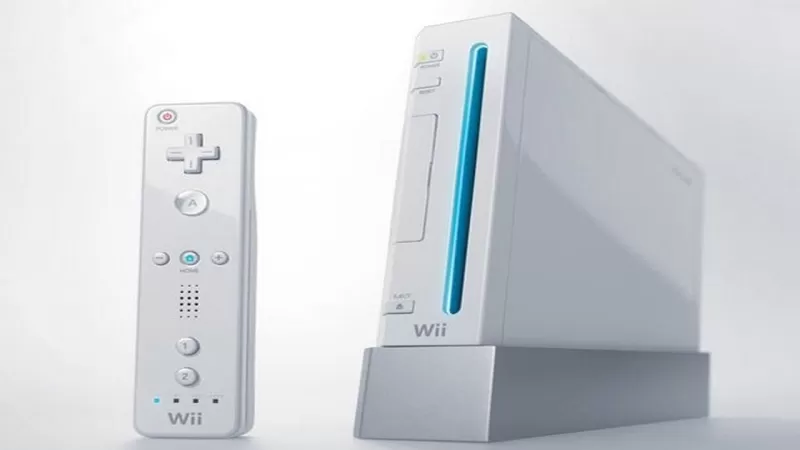 The Wii, famous for its motion controls, launched in 2006 for $249 USD, which adjusts to about $394 USD in 2025.
The Wii, famous for its motion controls, launched in 2006 for $249 USD, which adjusts to about $394 USD in 2025.
Wii U
 The less successful Wii U, released in 2012, was priced at $299 USD, or $415 USD today, bringing it closer to the Switch 2's price point.
The less successful Wii U, released in 2012, was priced at $299 USD, or $415 USD today, bringing it closer to the Switch 2's price point.
Nintendo Switch
 The wildly successful Nintendo Switch, launched in 2017 for $299 USD, would cost $387 USD in today's dollars, still below the Switch 2's price when it hits the market on June 5.
The wildly successful Nintendo Switch, launched in 2017 for $299 USD, would cost $387 USD in today's dollars, still below the Switch 2's price when it hits the market on June 5.
Interestingly, the original NES stands out as the most expensive console Nintendo ever launched when adjusted for inflation. This historical context doesn't necessarily make the Switch 2's price more palatable.

While the Switch 2's console price was somewhat expected, the game pricing, with Mario Kart World at $80 USD and Donkey Kong Bananza at $70 USD (or $65 digitally), has been a significant talking point.
Comparing these prices to the early days of gaming, NES cartridges had varying prices, with some reaching $45 USD in the early 90s, which equates to $130 USD today, while others were as low as $34 USD, or $98 USD after inflation. Despite this, many speculate that game prices may continue to rise.
The Switch 2's pricing, while higher than its immediate predecessors, remains below the inflation-adjusted costs of the NES and SNES. This pricing strategy seems influenced by economic factors, as evidenced by a cheaper, region-locked version for Japan at 49,980 JPY, or about $340 USD.
How Switch 2's Price Compares to Other Consoles
To see how the Switch 2 fits into the broader console market, let's compare it to some other iconic systems adjusted for inflation:
PlayStation 2
 The PlayStation 2, released in 2000 for $299 USD, would cost a staggering $565 USD today, making it significantly more expensive than the Switch 2.
The PlayStation 2, released in 2000 for $299 USD, would cost a staggering $565 USD today, making it significantly more expensive than the Switch 2.
Xbox 360
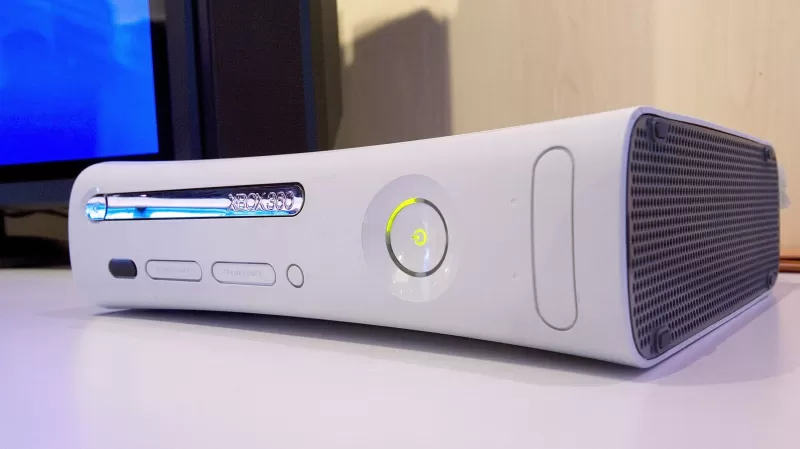 The Xbox 360, launched in 2005 for $299 USD, would be around $500 USD in 2025, also higher than the Switch 2.
The Xbox 360, launched in 2005 for $299 USD, would be around $500 USD in 2025, also higher than the Switch 2.
